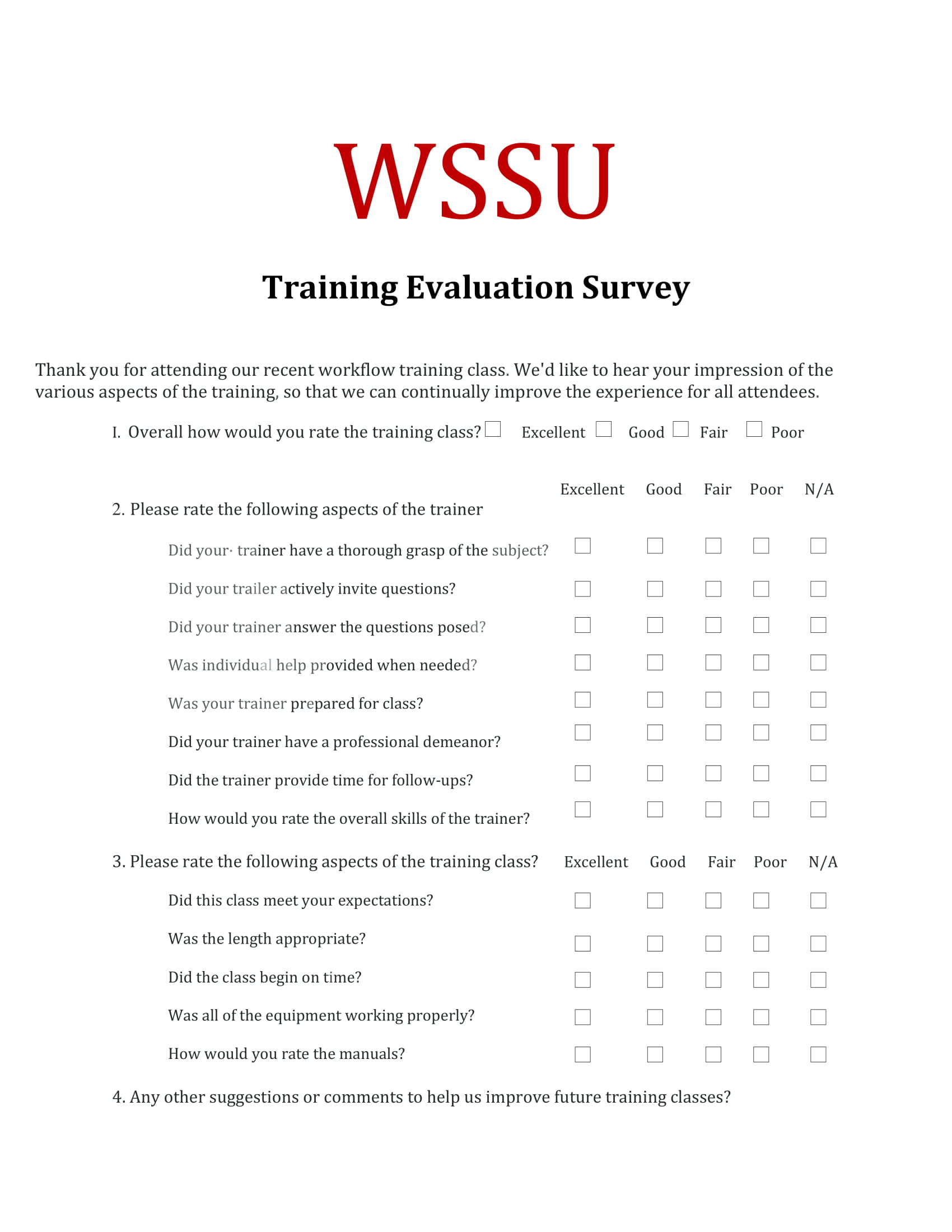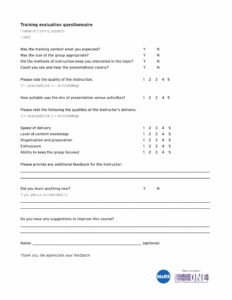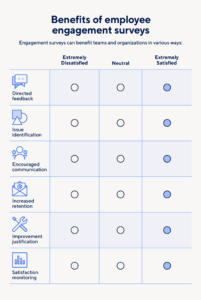Training and development survey templates offer several benefits, including:

- Standardization: The use of a template ensures consistency in the data collection process, making it easier to compare results over time.
- Time-saving: Templates save time by providing a pre-defined set of questions, eliminating the need to create a survey from scratch.
- Customization: While templates offer a structured approach, they can also be customized to meet specific organizational needs.
- Improved decision-making: The insights gathered from surveys help organizations make informed decisions about their training and development programs.
Training and development survey templates typically include questions on various aspects of the training program, such as:
- Overall satisfaction with the training program
- Relevance of the training content to the job role
- Quality of the training materials and delivery
- Transfer of learning to the workplace
- Impact of the training on job performance
Organizations can use the feedback from these surveys to make improvements to their training programs, ensuring that they are aligned with business goals and employee development needs.
Key Components of a Training and Development Survey Template
Training and development survey templates typically include the following key components:
1. Introduction
The introduction provides a brief overview of the survey, including its purpose and objectives. It also explains how the data will be used.
2. Survey Questions
The survey questions are the core of the template. They should be designed to gather feedback on all aspects of the training program, including the content, delivery, and impact.
3. Response Options
The response options for each question should be clear and concise. Common response options include Likert scales, open-ended questions, and multiple choice questions.
4. Demographic Questions
Demographic questions collect information about the respondents, such as their job title, department, and level of experience. This information can be used to analyze the results and identify any trends.
5. Scoring and Analysis
The scoring and analysis section provides instructions on how to score the survey results and analyze the data. This may include calculating averages, percentages, and other statistical measures.
Summary
Training and development survey templates are a valuable tool for organizations to gather feedback on their training programs. By using a template, organizations can ensure that they are collecting consistent and reliable data that can be used to make informed decisions about their training initiatives.
How to Create a Training and Development Survey Template
Creating a training and development survey template is a relatively simple process that can be completed in a few steps:
1. Define the purpose of the survey.
What information do you need to gather from your survey? Are you interested in assessing the effectiveness of your training programs? Identifying areas for improvement? Gathering feedback on specific training initiatives?
2. Identify the target audience.
Who will be completing your survey? Employees who have recently completed a training program? Managers who are responsible for training and development? Subject matter experts?
3. Develop the survey questions.
The survey questions should be clear, concise, and relevant to the purpose of the survey. Avoid using jargon or technical terms that your audience may not understand.
4. Choose the response format.
Will respondents use a Likert scale to rate their satisfaction with the training program? Will they be able to provide open-ended feedback? Or will they choose from a list of multiple choice options?
5. Include demographic questions.
Demographic questions can help you analyze the results of your survey and identify any trends. Common demographic questions include job title, department, and level of experience.
6. Pilot the survey.
Before you launch your survey to a large audience, pilot it with a small group of respondents. This will help you identify any problems with the survey design or questions.
7. Launch the survey.
Once you are satisfied with the survey, launch it to your target audience. Be sure to provide clear instructions on how to complete the survey and return it.
8. Analyze the results.
Once you have collected the survey results, analyze them to identify any trends or areas for improvement. Use the data to make informed decisions about your training and development programs.
Summary
Creating a training and development survey template is a valuable way to gather feedback on your training programs and make informed decisions about your training initiatives. By following these steps, you can create a survey that is effective and easy to use.
Training and development survey templates are an essential tool for organizations that want to improve the effectiveness of their training programs. By gathering feedback from employees, organizations can identify areas for improvement and make data-driven decisions about their training initiatives. Training and development survey templates provide a structured and efficient way to collect feedback, ensuring that organizations are collecting consistent and reliable data.
In today’s competitive business environment, it is more important than ever for organizations to invest in training and development. By using training and development survey templates, organizations can ensure that their training programs are aligned with business goals and employee development needs.



